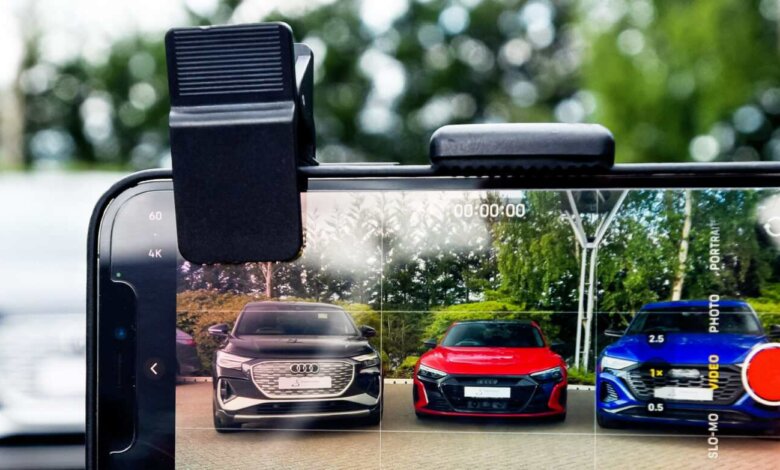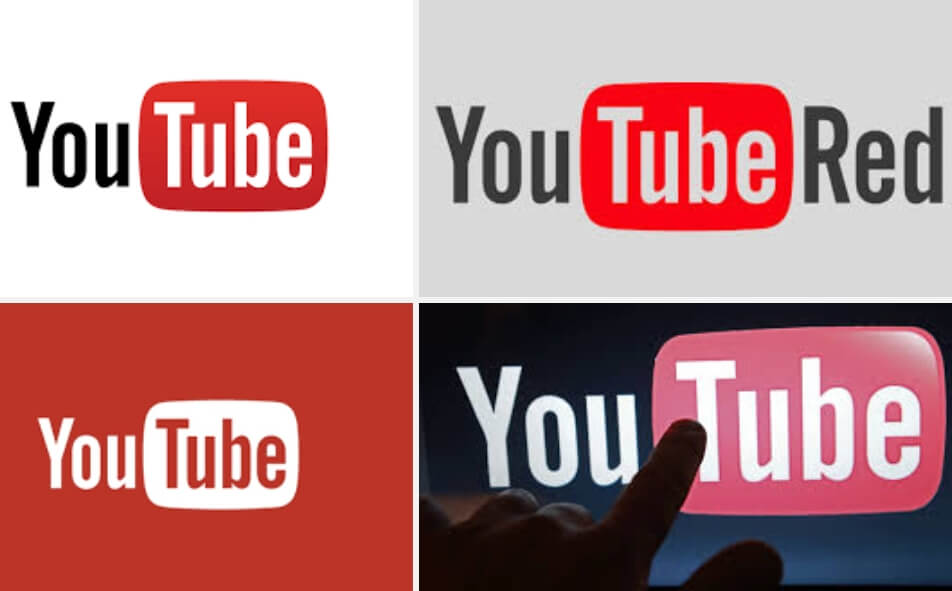Shooting a movie with smartphones: tricks and perks

With major developments in mobile video technology, more and more videographers and filmmakers worldwide are shooting their video productions using their smartphones.
Shooting on your phone is not only appealing but also highly practical. If you’re someone who enjoys using your phone for selfies, family vacation footage, home videos or experimental short-form videos, or if you’re keen on using your smartphone to dabble in video creation or challenge your filmmaking skills, there are several key points to understand.
In a nutshell, Planning a mobile video production involves writing a detailed script using dedicated apps like ScriptBuilder or Celtx Screenplay and creating a storyboard to visualize your story, which can be facilitated by mobile directing apps.
Shooting videos on mobile requires familiarity with your device’s camera capabilities and limitations, and apps like FiLMiC Pro can help control camera settings. Use editing mobile video apps that feature tools for trimming and rearranging shots, adding elements like music and special effects.
Planning your mobile video production: start with the script and the storyboard
Before you even pull out your phone and start filming, you need to establish your journey’s roadmap: where you’re heading, how you plan to get there and what you’ll do once you arrive. Essentially, you need a blueprint. Filming with a mobile device differs greatly from using a traditional camera. So your script should reflect this. Thankfully, there’s a surplus of scriptwriting apps available for use on smartphones or tablets. Designed for mobile users on the move, these apps allow you to write your script from anywhere in the world.
Consider downloading apps like ScriptBuilder, primarily made for iPhone and iPad, which helps users outline their stories before diving into writing. This app assists with character and scene development and guides you in creating a basic storyline. Celtx Screenplay is another scriptwriting app that formats your script in an industry-standard manner. Although its Windows software is widely popular, the mobile app is equally impressive.
Apps like these help you organize your thoughts and translate your vision into words. Opt for scripting apps that facilitate outlining crucial aspects of your shoot: locations, shot list, characters, scenes and more. You’ll want to detail all this information during the pre-development stage of your project. Remember that video scripts differ from movie scripts and television scripts, so ensure you know how to properly format your script.
After crafting your script, create a storyboard to visualize your story. These two- or three-dimensional images provide a clearer understanding of your script’s shots, helping you stage your scenes and visualize your shots before filming. With mobile directing apps, you can bring your storyboards directly to the set. Storyboard apps can help you construct your narrative right on your phone.
Shooting video productions on mobile: what to consider
1. The camera

The next step is to shoot your project. The first thing you should do before the camera starts rolling is to thoroughly understand what you’re working with — especially when it comes to a mobile camera device. Remember that it’s still a smartphone, not a movie camera. Familiarizing yourself with your device’s capabilities and limitations is key. Do this by playing around with its features and settings.
For example, smartphones generally come equipped with a main wide camera aperture, ultra-wide camera aperture and telephoto aperture. Check to see what types of cameras your smartphone has and how you can adjust them — if you can.
2. Shooting the video
For shots requiring more control over white balance and exposure, you need to adjust your focus settings or exposure. However, since some smartphones don’t have manual controls for the settings, you might need to download an app that can adjust these settings. FiLMiC Pro, compatible with iOS and Android, provides control over your phone’s camera settings, including focus and resolution. The app also allows you to manually adjust your camera’s aspect ratio, bitrate, frame rate and much more.
If possible, shoot at the highest resolution on your smartphone. This ensures the highest quality possible. Note, though, recording in 4K uses around 300 MB of storage for every minute of filming, while recording in Full HD only requires 100 MB per minute. Running at 4x, the resolution of 4K UHD, 8K requires approximately 600 MB of storage per minute of recording. While sizable, smartphones like the Galaxy S23 and S23+ smartphones come with just 256 GB of expandable storage. Always check your phone’s specifications and ensure you have enough storage space.
Also, consider investing in additional equipment, such as a tripod, grip rig, extra batteries, charger and an external mic. Additionally, Schneider lenses, compatible with iPhone and Android, offer various focal lengths, including macro and telephoto, helping achieve a wide-screen, movie-like look, especially when used with FiLMiC Pro.
3. Stabilizing your shot
Certain phone cameras employ built-in technology for image stabilization during a shoot. For instance, the smartphone has an upgraded OIS (Optical Image Stabilization) feature that enhances video quality and facilitates smoother footage. Depending on your shoot, you might want to mount your camera to a gimbal head for shots requiring lots of motion or a handheld stabilizing device like a grip rig for tracking a subject.
4. Consider your environment
Before shooting your project, consider your environment. Outdoor shoots present challenges, like background noise, natural lighting, weather conditions, etc. It also makes it a challenge to charge your phone if it runs out of battery mid-shoot. To negate this issue, bring extra power banks and external backup storage. The more storage your phone has, the quicker the battery drains. So, offloading your files often will help lengthen your phone’s battery life.
Editing your mobile video production
Once you’ve finished shooting, it’s time to cut and refine your mobile video production. This stage involves trimming, cutting, splicing and rearranging your shots. You’ll also add elements like music, voice-overs, text, titles, color correction and special effects. One method to get started is to edit directly on your phone using a video editing app.
To effectively edit on the small screen of your phone, it’s best to choose an app that’s not only compatible but also powerful, ensuring a smooth workflow. Most phones have their own basic video editors, but there are more options with more robust tools if that’s what you’re looking for.
Many creatives prefer Adobe Premier Pro for editing. However, Premier Pro isn’t available for smartphones. Thankfully, you can use Adobe Premiere Rush, a lighter mobile version of Premier Pro. LumaFusion is another favorite for mobile editing. This nonlinear editor is available for iOS and Android. The app pairs with external drives like Western Digital wireless SSD and facilitates advanced editing with titles, music, effects and color correction.
Doing basic edits on your smartphone
For basic editing, open your footage in your chosen app’s timeline, select the shots you want to cut or trim. However, if you’re looking to adjust the speed of a video clip or utilize keyframes to control a clip’s playback speed, then use third-party software apps like Filmora Video Editor.
To add music, voice-over and sound effects and to adjust audio levels, you can accomplish this with various audio editing programs. Mobile DAWs, or “digital audio workstations” allow you to record, clip, crop and do other minor things to audio. If your mobile production requires multiple tracks, then editing in a digital audio workstation is a must. Monitor your audio with headphones for sound clarity and to block out distracting sounds around you.
You may also want to add grading, color correction, custom text, titles, graphics and overlays to your footage. Color correction is critical; it enables you to adjust colors in a video to reflect what they should look like for your project. Meanwhile, color grading allows you to modify colors for a stylistic look.
Adobe Premier Pro and Filmora are among the best editing apps for color grading, color correction, customizing text and adding overlays. Apps like Afterlight or Snapseed for Android can provide film-inspired aesthetic filters. When used correctly, filters can lend a noir tone or dark mood to your film.
The future of mobile filmmaking
Look to films shot exclusively on mobile devices for inspiration. For example, Sean Baker shot his comedy drama movie “Tangerine” (2015) entirely on three iPhone 5Ss, and Steven Soderbergh captured his psychological horror film “Unsane” (2018) with an iPhone 7.
Smartphone cinema is flourishing, so much so that the trend has spurred courses at private universities like NYU and film festivals exclusively for mobile video productions. An increasing number of filmmakers are breaking away from traditional filmmaking to explore the abundant opportunities offered by smartphone videography.
Take advantage of it. If creating cinematic projects stirs your passion, then it’s time to venture out and give it a shot.
Source: Videomaker

This article is published by either a staff writer, an intern, or an editor of TheAfricanDream.net, based on editorial discretion.




